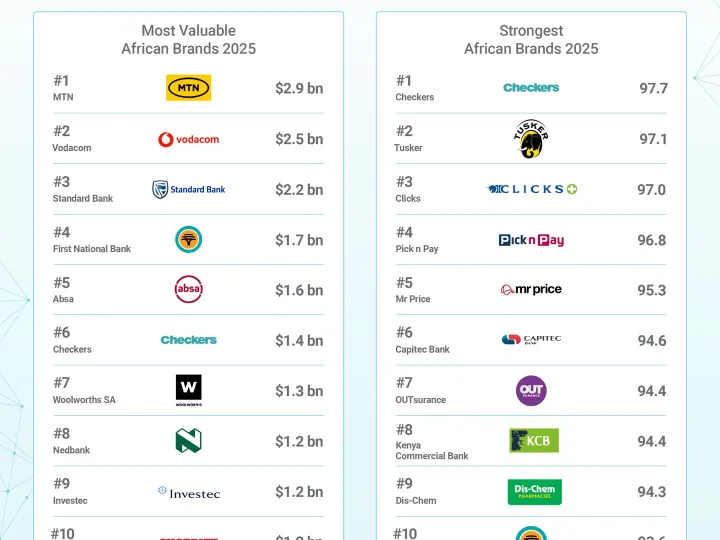Brand Management
Brands, banks and emotional connections – and where a great brand comes from
Branding is everything for many of the world's most loved businesses. Customers feel an emotional connection and have an emotional investment with the business and its products. They promote the products to their friends, and become unpaid ambassadors.
Think of Apple: it's not the biggest company in the world but it's the most valuable brand, with the brand alone valued at close to $500 billion.
For a bank, a strong brand is among its most valuable assets.
Brand promise and the emotional connection for customers
Few banks think deeply about their brand and their brand promise, and many banks have little if any idea of the value of their brand. But more than anything else about a bank, its brand is the way it connects emotionally with customers. Some think a brand is just an innovative idea or a clever logo, but a brand goes far deeper – it's about how customers, prospects, and employees feel when they interact with it. Today, building a bank's brand means creating its soul, rooted in a clear understanding of target customers.
Some brands are clearly resonating more than others. Between this year and last, according to Brand Finance. Capitec grew its brand value by almost 100 percent to over $1 billion. UK-based bank Revolut grew its brand by almost 800 percent.
So what's the problem?
Many banks have the same products and services as their competitors, and don't appear to offer a unique value proposition. The brand promise doesn't match the reality. You might say 'We help our customers thrive' when in reality your customers struggle with a clunky app and poor service. Your branding might be left to the marketing team.
Brand is the job of leaders
Brand should be the concern of the bank's top leadership. It's not something to be left to marketing, or design. The brand is not the logo. It's the bank's promise. Senior executives bear ultimate responsibility for ensuring the bank delivers on its promises. They must clearly define what the brand stands for and see that it's reflected in products, services, and all customer interactions. Branding must also guide how the company hires, trains, and engages employees, reinforcing values at every level.
A strong brand comes from teamwork and discipline
A strong brand shapes customer perceptions, loyalty, and trust, driving higher revenues and margins. Great bank brands come from disciplined, continuous teamwork and staying true to the bank's purpose and its promise.
Many banks are offering the same set of products and services, which makes it hard to connect with discerning buyers, and when offering similar products and services, banks find it difficult to differentiate themselves. But there is a way. Differentiation comes from purpose, and from solving customer problems.
A brand becomes distinct through its unique identity, services, or customer experiences – whether through digital innovation, standout support, or tailored products. This only matters if customers see real value in it, solving genuine needs or dreams.
New competitors to retail banks arrive daily, offering what they claim is better service, or being more attuned to today's digital world, and often tapping into deep human anxieties about money and even life itself. That's where a bank can make a difference.
The brand manifests the bank's ideology and long-term vision
So where does the brand come from? A brand should grow from the company's core ideology – the belief system guiding its purpose, values, and long-term vision. This ideology shapes the culture, decisions, and brand identity.
As values evolve, brands must adapt without losing their core personality. The brand should never be built solely on executive perceptions, but on how its ideology shapes customer perceptions and loyalty.
A brand only thrives when employees understand and live it daily.
Even strong brands face challenges. But if a bank's core values are consistently delivered, it will likely weather difficulties. What may change is how these values are delivered, not what they represent.
There's a lot to be said for consistency in a fast-changing world!
Retail Banking Institute offers Brand Management as one of the major topics in the Certified International Retail Banker programme.
Lafferty Group
Contact Us
enquiries@lafferty.com
caroline.hastings@lafferty.com
The Leeson Enterprise Centre
Altamont Street
Westport, Co. Mayo
Ireland
F28 ET85

